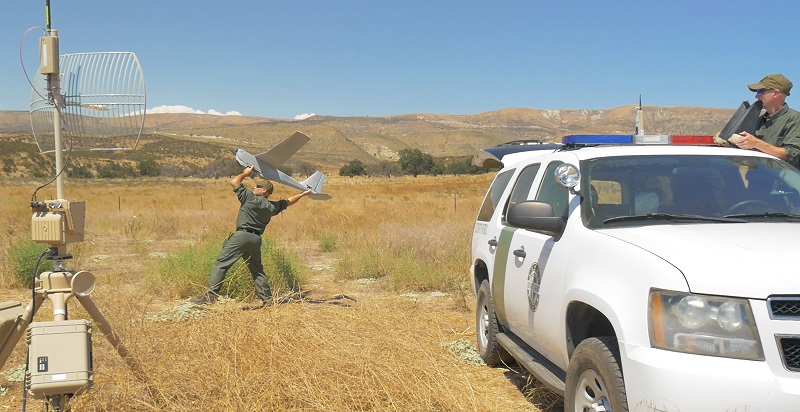NY Times describes NSA’s ‘Quantum’ program to snoop on computers disconnected from the Internet

Based on classified U.S. government documents released in recent months by Edward Snowden, The New York Times reported on January 14 about the capabilities of an NSA program, code-named Quantum, under which U.S. intelligence operatives can snoop on computers — even those disconnected from the Internet — by placing a computer chip inside the target computer, or using a USB card, to be able to communicate via radio transmissions.
The Times article said the NSA has been using this technology since at least 2008.
“N.S.A.’s activities are focused and specifically deployed against — and only against — valid foreign intelligence targets in response to intelligence requirements,” acknowledged an NSA spokeswoman, Vanee Vines, according to the Times account. The NSA declined to talk in detail about the documents disclosed by Snowden that served as the basis for the most recent Times article.
Among the documents disclosed by Snowden is a catalog of products the NSA can use to communicate surreptitiously with remote computer systems. One such product, code-named Cottonmouth I, appears to be an ordinary USB plug, but in fact contains a tiny transceiver inside and can communicate about the inner workings of a target computer system to a portable NSA receiver/transmitter, located as many as eight miles away, and relay the information back to an NSA remote operations center.








